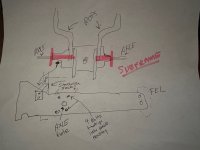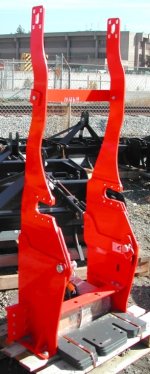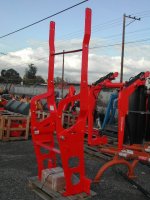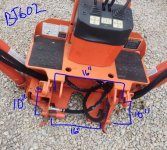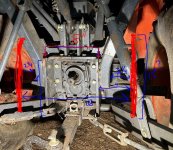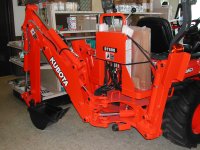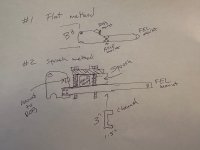LouNY
Super Star Member
- Joined
- Jul 4, 2015
- Messages
- 14,137
- Location
- Greenwich, NY
- Tractor
- Branson 8050, IH 574, Oliver 1550 Diesel Utility (traded in on Branson) NH 8160. Kioti CK2620SECH
Just a thought, all of the older farm tractor loaders and dozer type blades always came back to the rear ends for push/lift strength.
Very few used the bolts in the axle ends for the strength even though many of them bolted to the ends, they almost always utilized the square axle housing as the support either from flanges or plates that sandwiched the square housing to the sub frame often with 4 bolts often 3/4" bolts to squeeze the subframe and reinforcement to the axle housing. Looking at your pic woodsframe2 it seems like the angle pieces # 37 and ?? serve in that manner some what. But securing your sub frame to the axle housing would likely be securing it to the strongest casting of the tractor.
Very few used the bolts in the axle ends for the strength even though many of them bolted to the ends, they almost always utilized the square axle housing as the support either from flanges or plates that sandwiched the square housing to the sub frame often with 4 bolts often 3/4" bolts to squeeze the subframe and reinforcement to the axle housing. Looking at your pic woodsframe2 it seems like the angle pieces # 37 and ?? serve in that manner some what. But securing your sub frame to the axle housing would likely be securing it to the strongest casting of the tractor.
